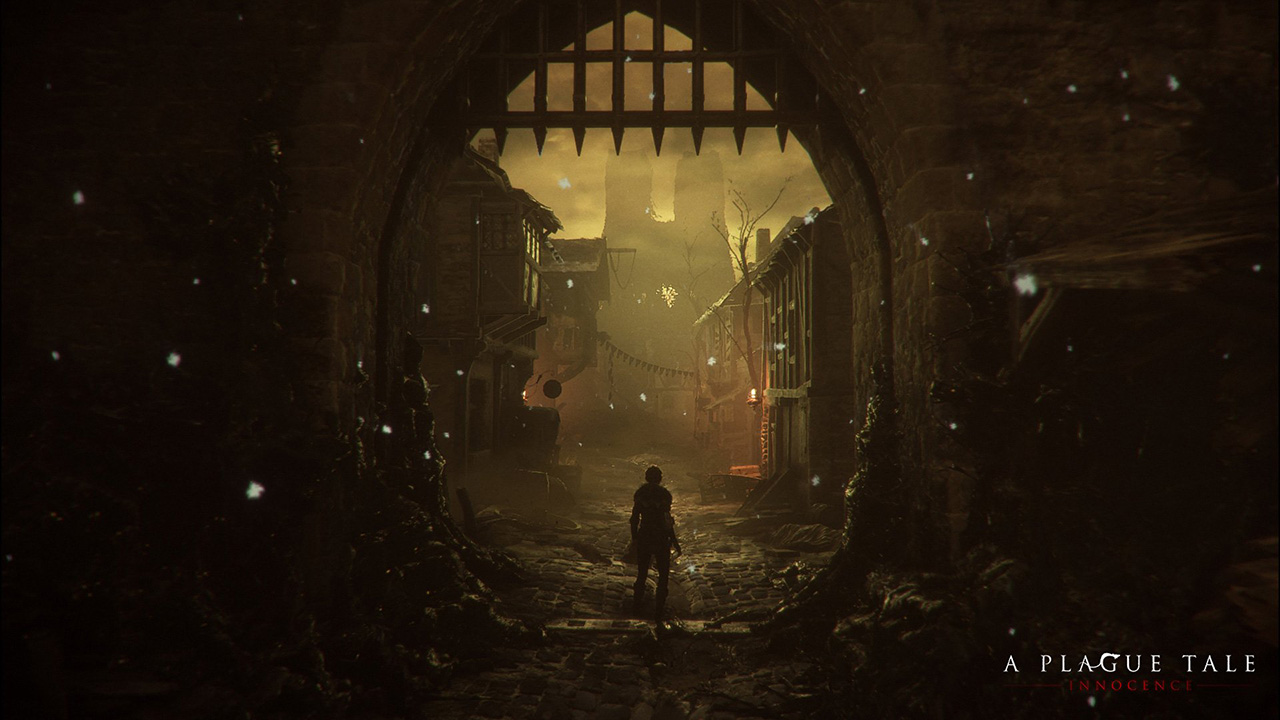A traditional table-based DFA implementation looks like this:
uint8_t table[NUM_STATES][256]
uint8_t run(const uint8_t *start, const uint8_t *end, uint8_t state) {
for (const uint8_t *s = start; s != end; s++)
state = table[state][*s];
return state;
}

